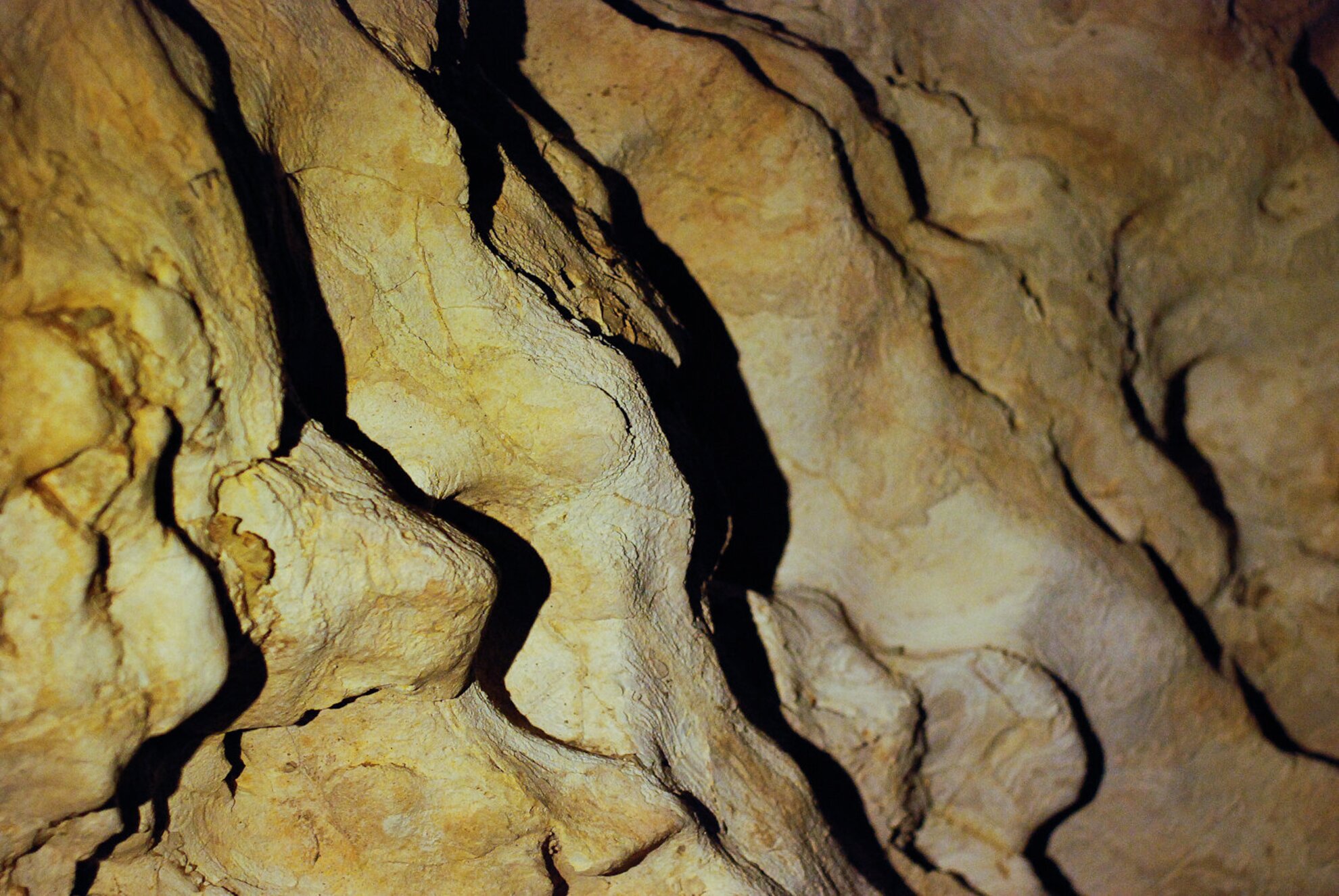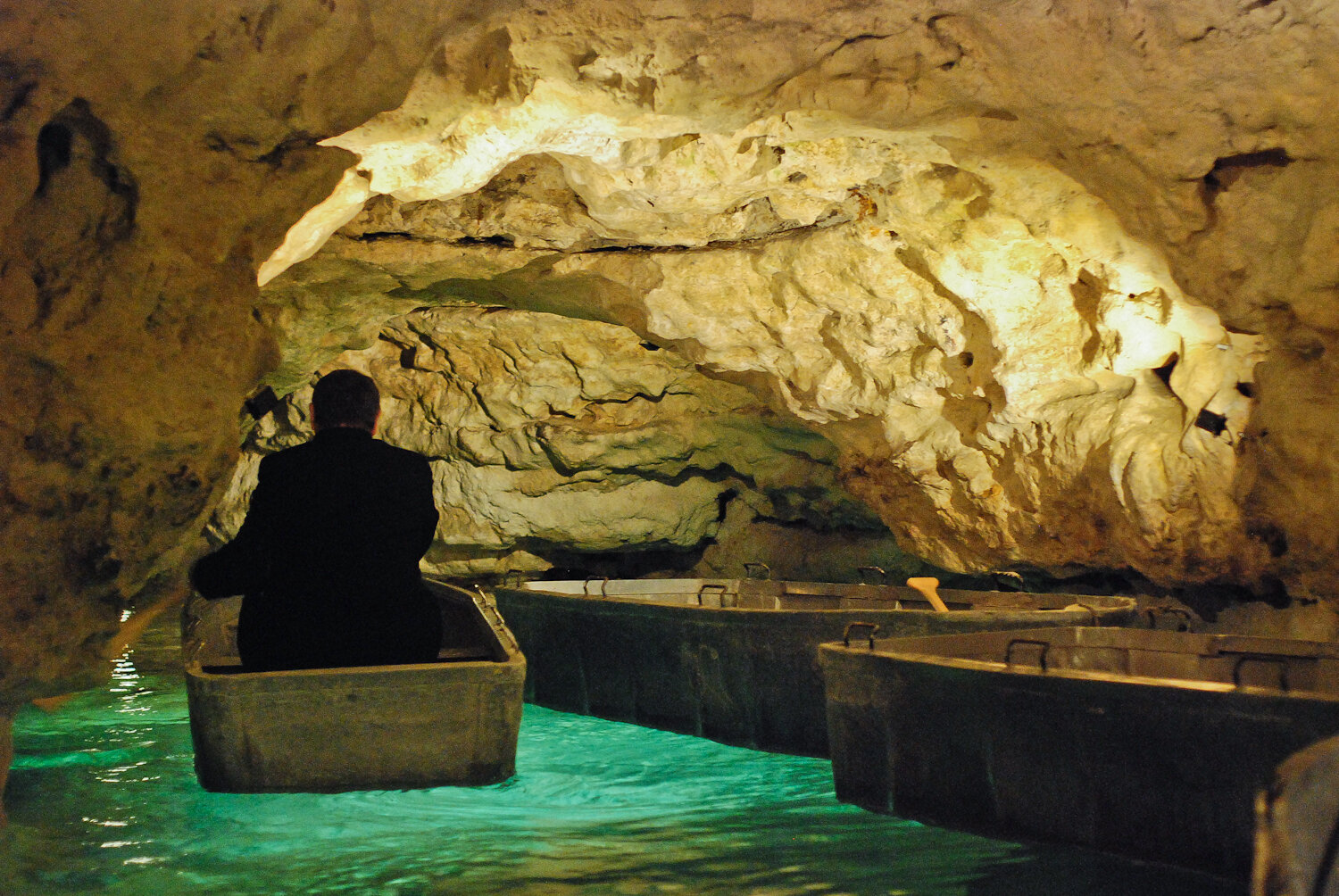The Tapolca Lake Cave was discovered in 1903, and soon after it turned out that there is an entire cave system underneath Tapolca. 10 years later, the prerogative of speleologists and cavers to admire to underground karst formations was extended to the public. This was the first cave in Hungary that was equipped with electric lighting and used for tourism purposes.
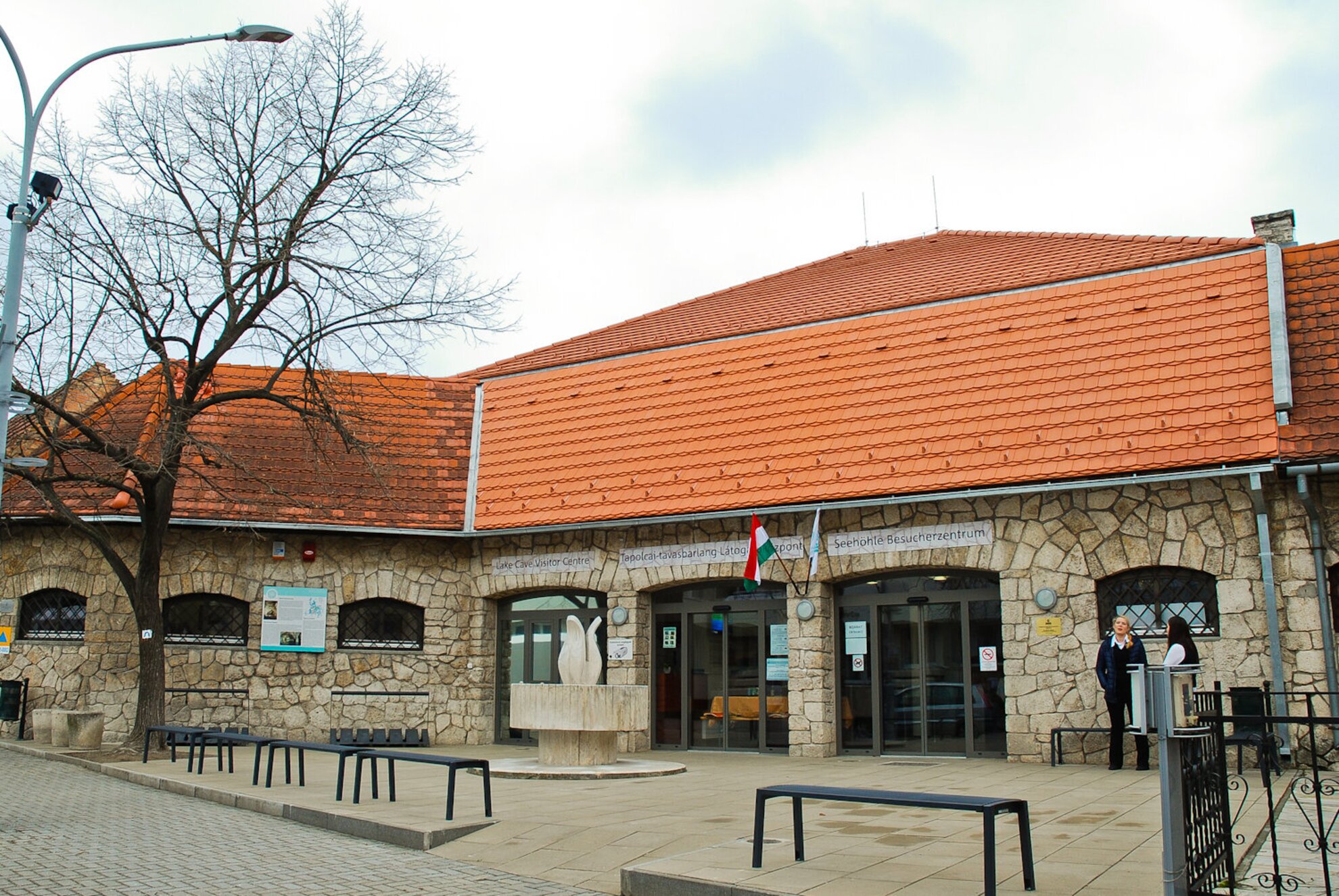
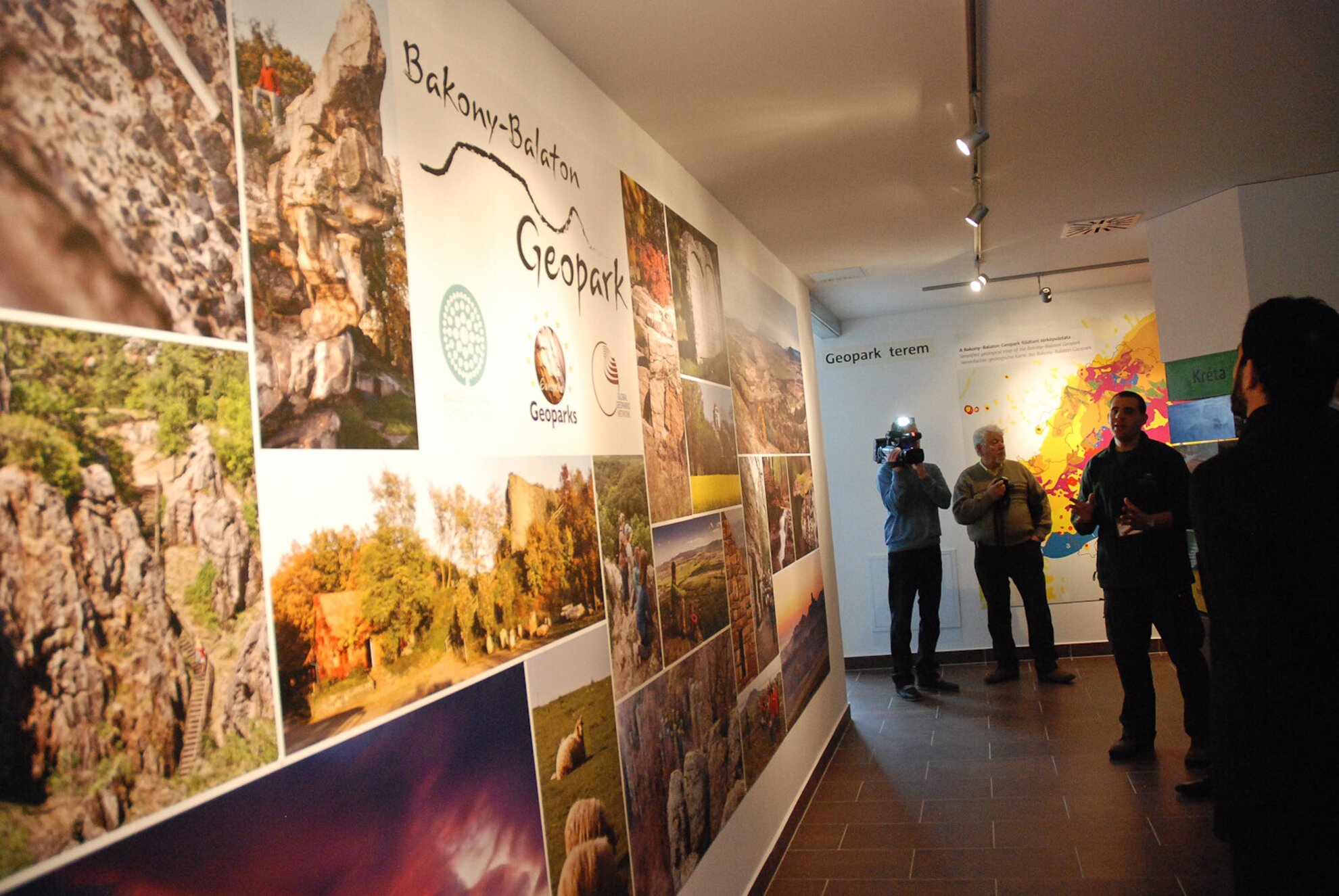
The cave was placed under protection in 1942 and has been listed as specially protected since 1982 owing to its geological, genetic, morphological, hydrological and biological values as well as its size. There is no other cave of similar size underneath a populated settlement around the world.
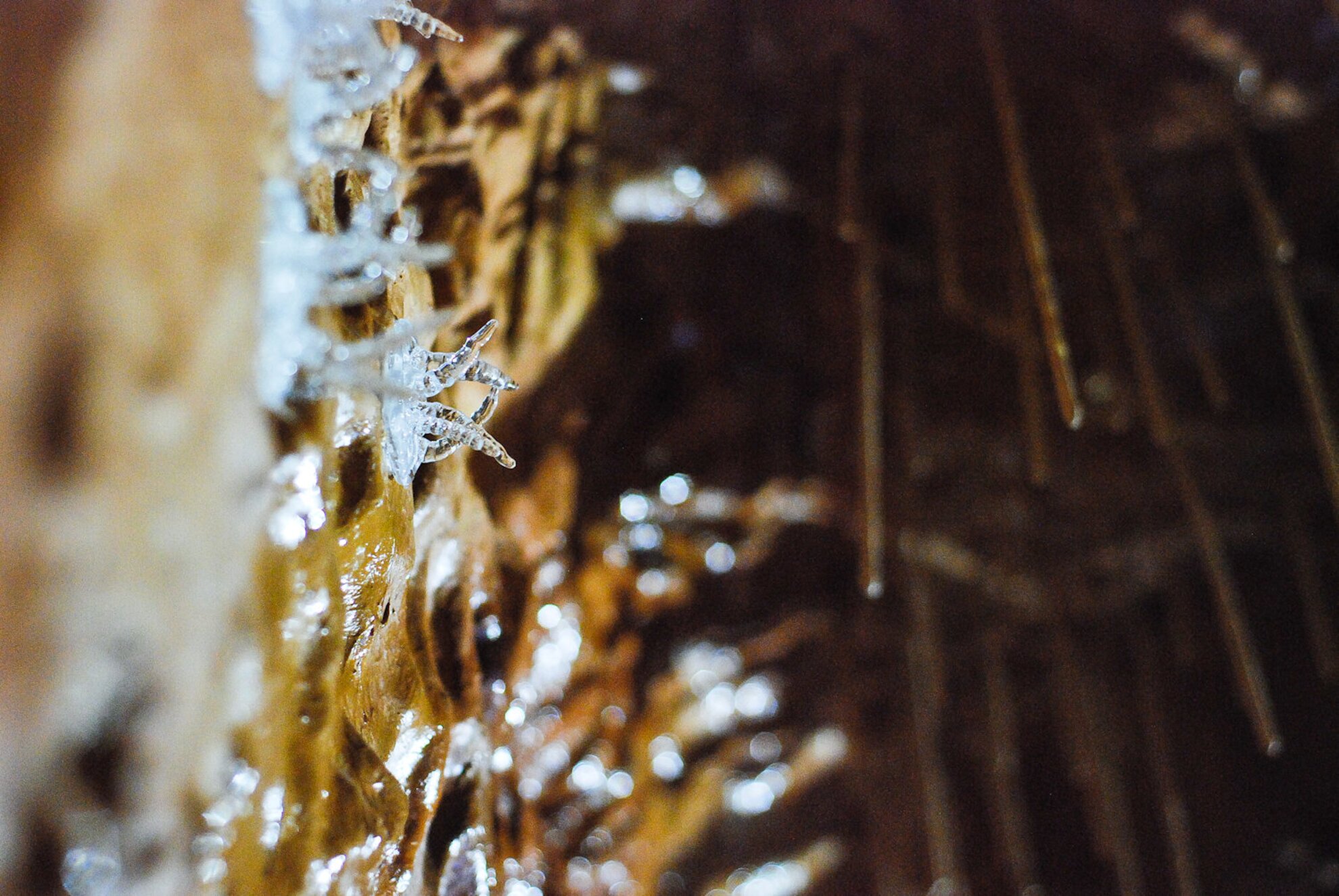
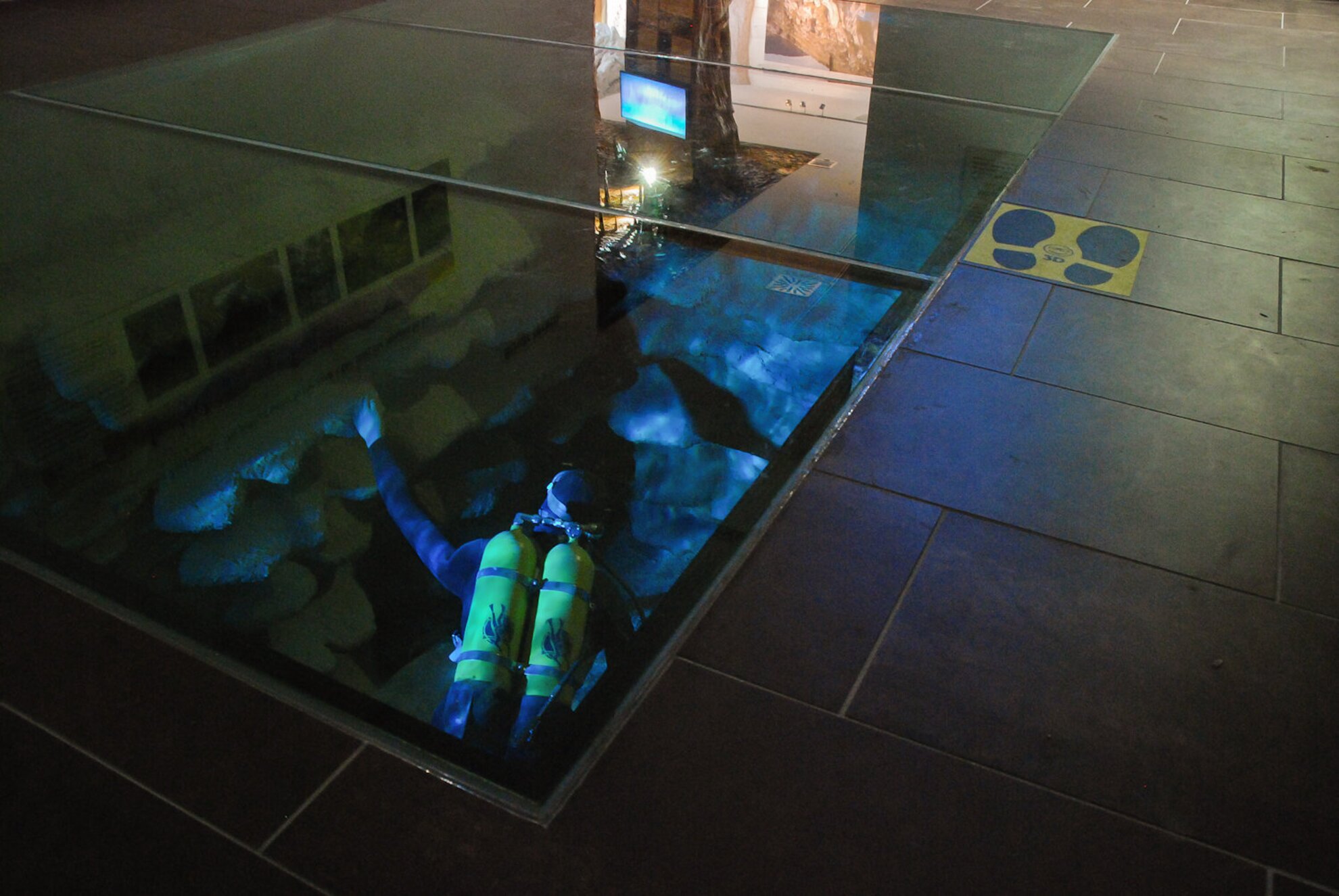
The new, two-storey visitor centre was designed to preserve the milieu of the Lake Cave entrance, while allowing for being run in part by renewable energy. The exhibition titled 'Wonderful Karst' presents the exceptional values of the Tapolca Cave Lake in a complex manner that will probably grab the attention of children as well.
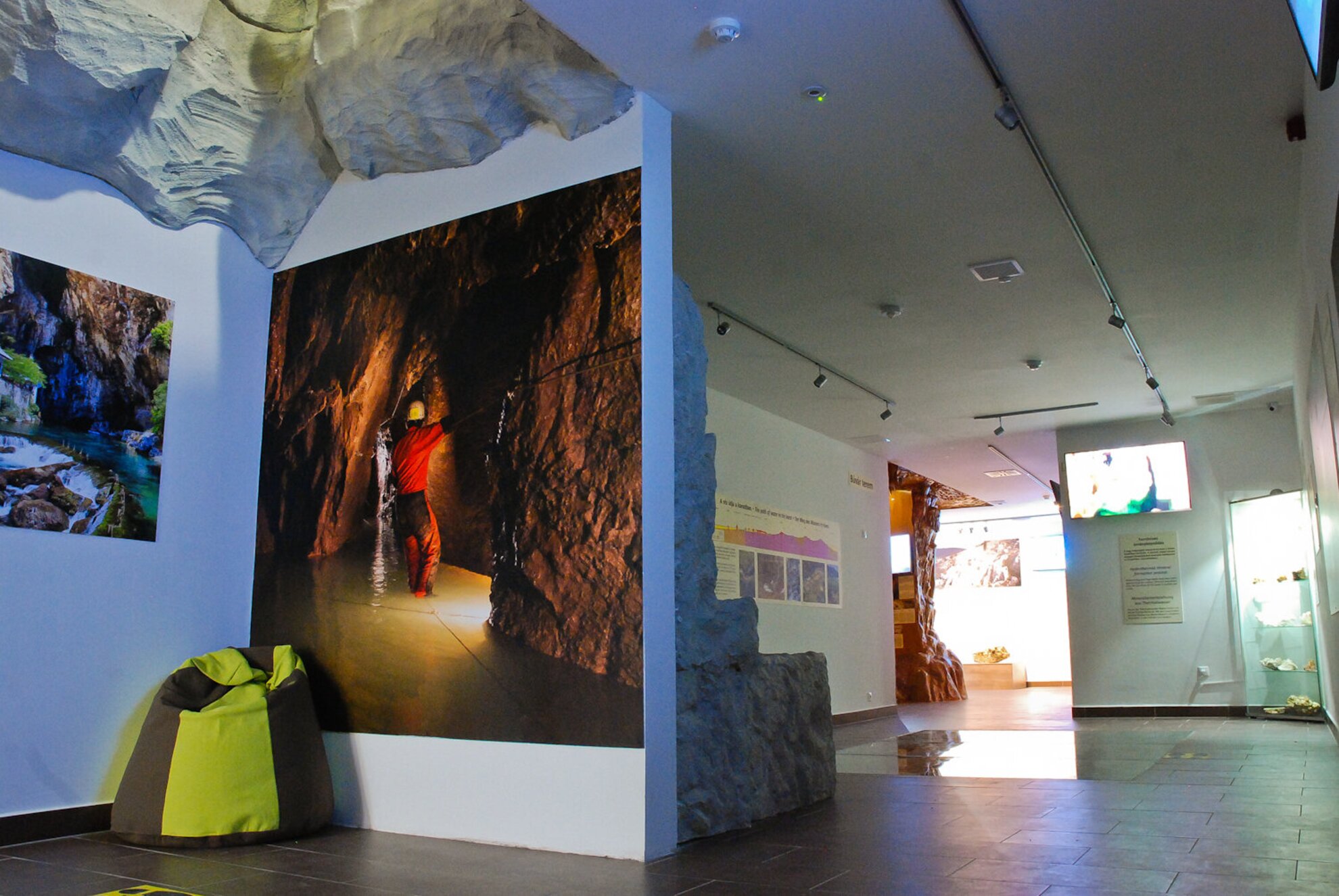
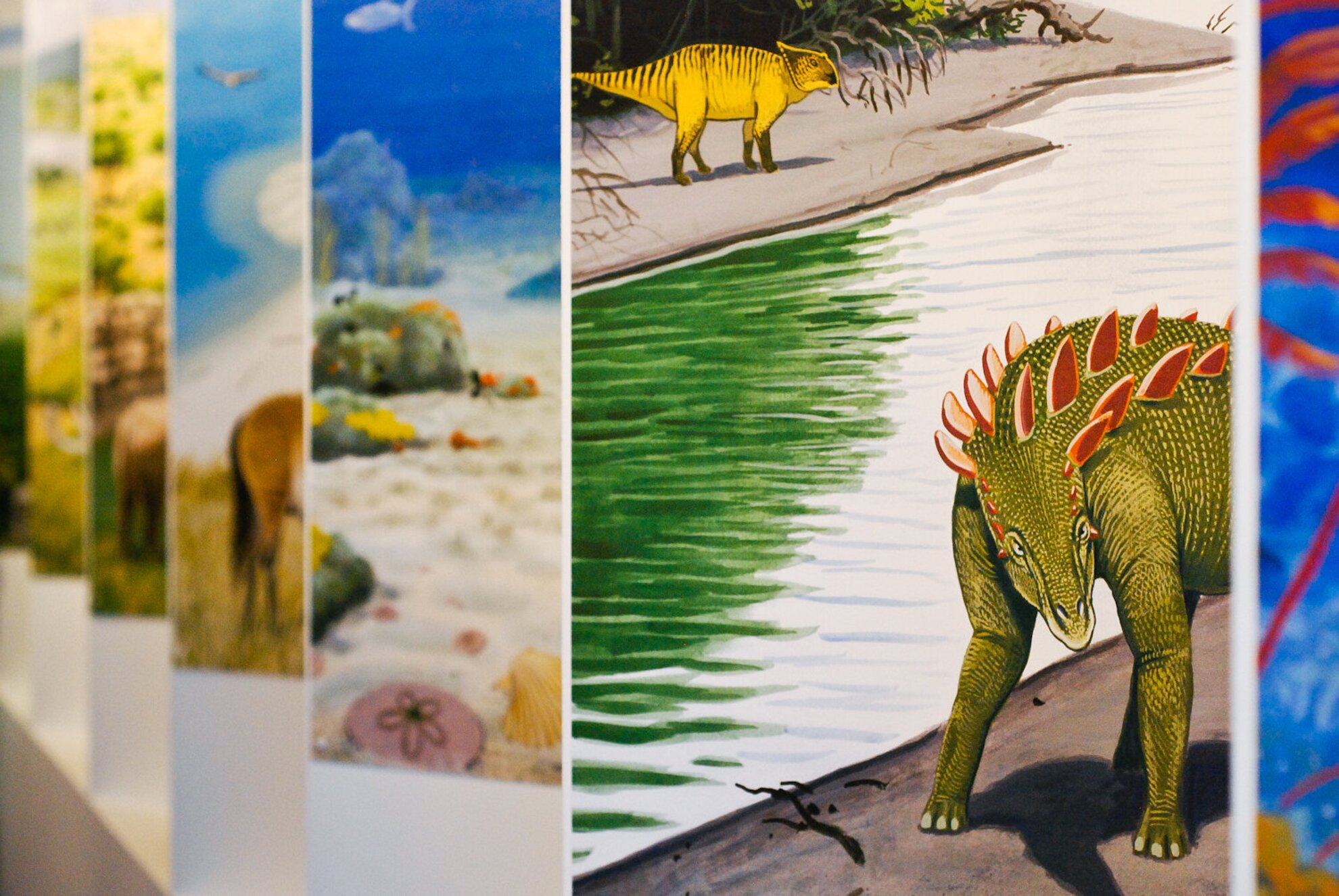
In the frame of the interactive exhibition, children can mimic cavers crawling through an adventure cave, and there's also a 'feel-the-rock' game which is challenging even for adults. The colourful historical geology illustrations depict the flora and fauna of prehistoric times, while the 3D photos that you can view standing at dedicated points deliver an eerily up close experience. Children might especially like the outdoor climbing wall and playground.
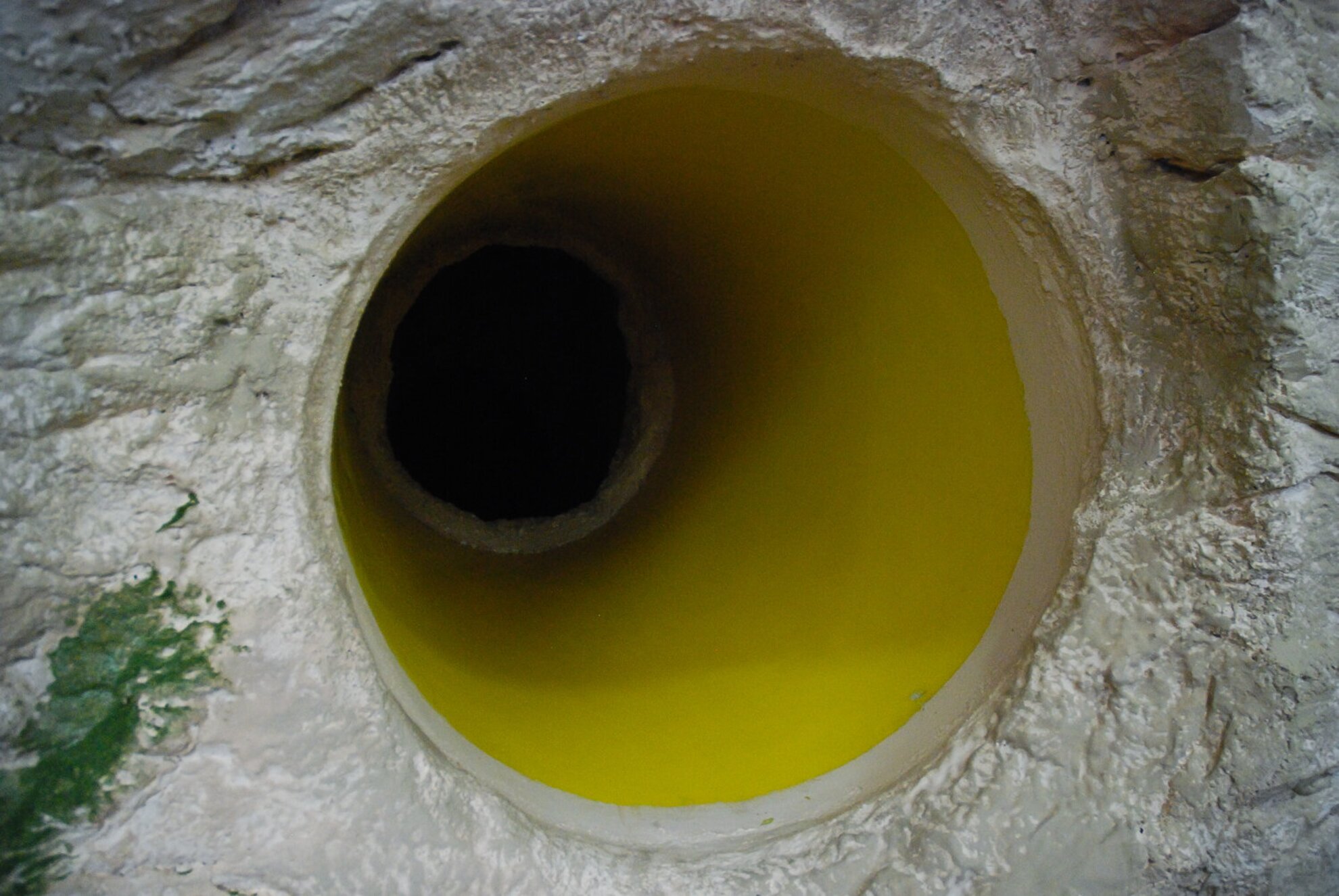
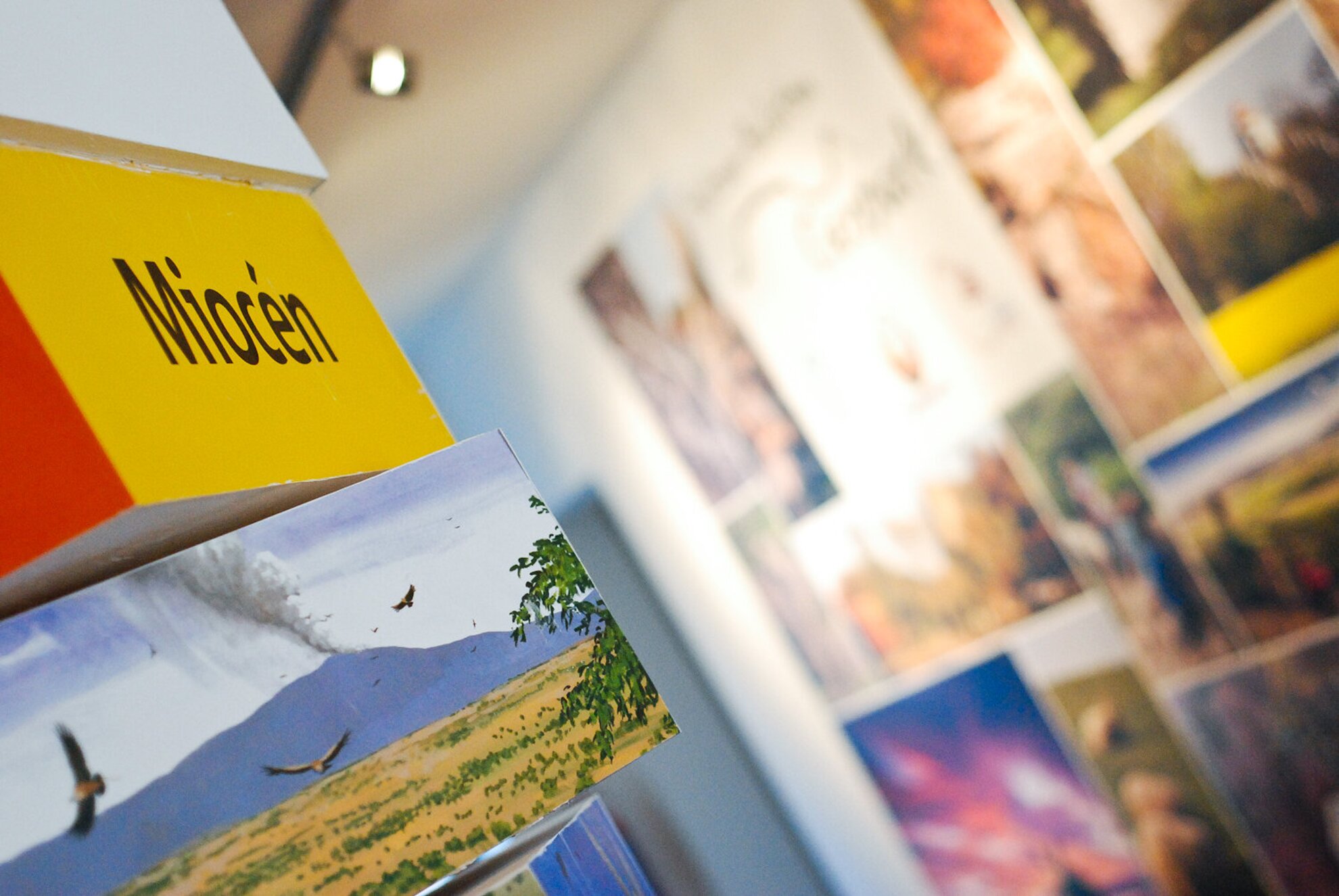
The exhibition saves the best for last. The 3D cinema, for example, captivates you perfectly with the story of the water cycle and the world of karst, flying spectators above the Earth and its oceans and taking them down into the squeezes of caves. The screening also shows a few pictures of cave sections that have been recently discovered and/or out-of-bounds.

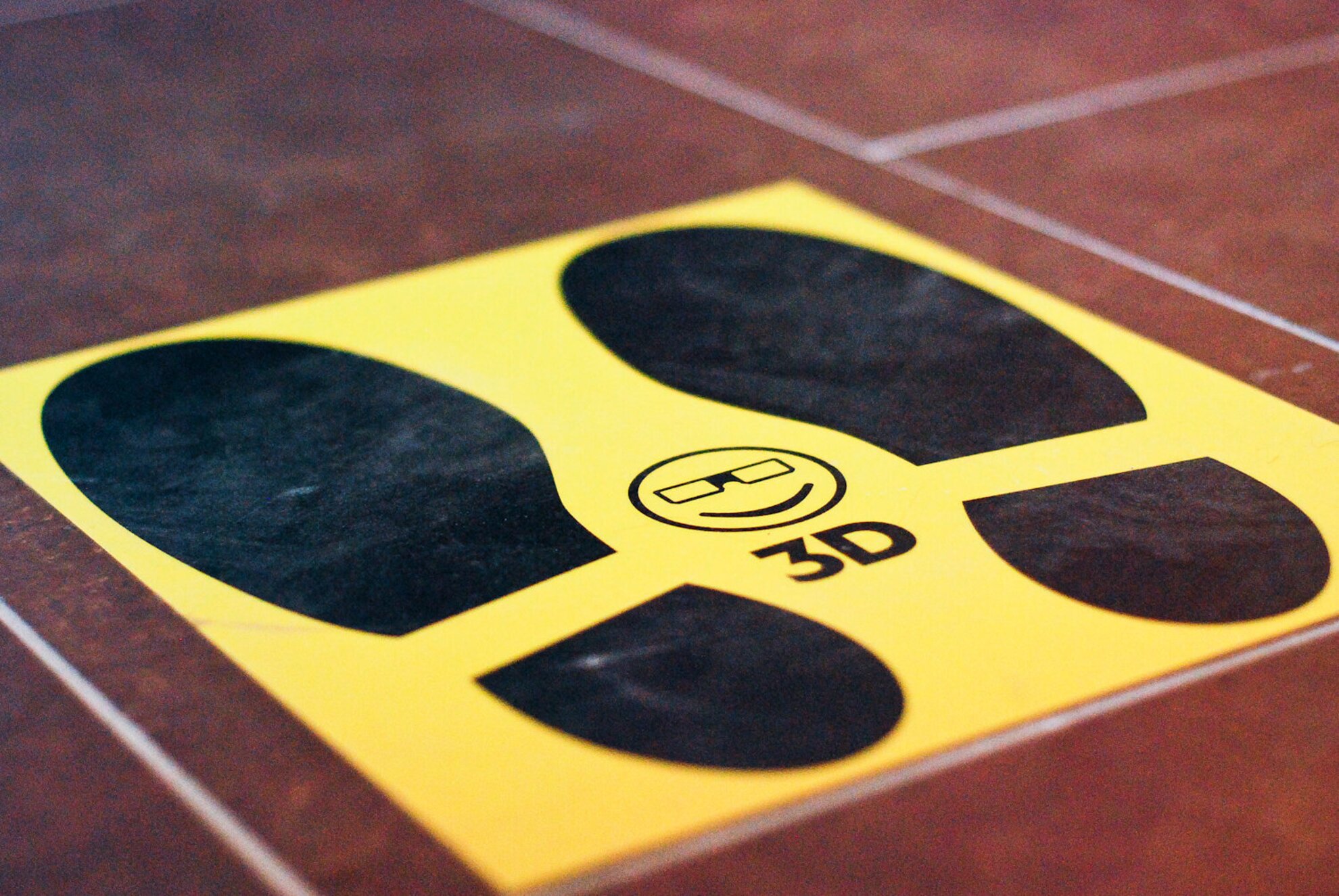
All the rooms and spaces of the new visitor centre (Dripstone Room, Cave Diver's Room, Bat Room, Geopark Room, Prehistoric Room, Paleokarst Room, 3D Cinema, boating, climbing wall and playground), display a mixture of captivating information and exciting installations, games and interactive surfaces, creating an easily digestible experience.
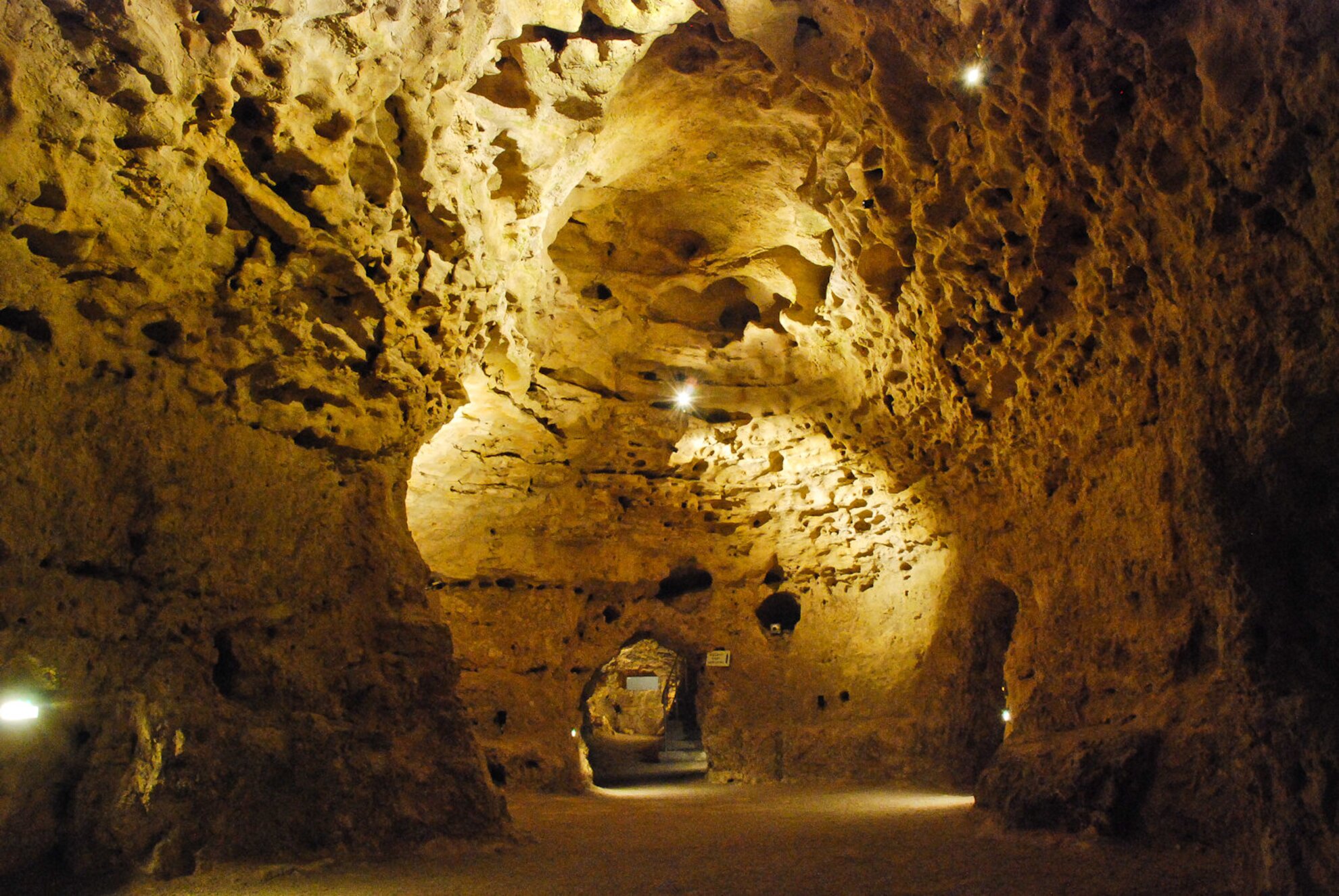
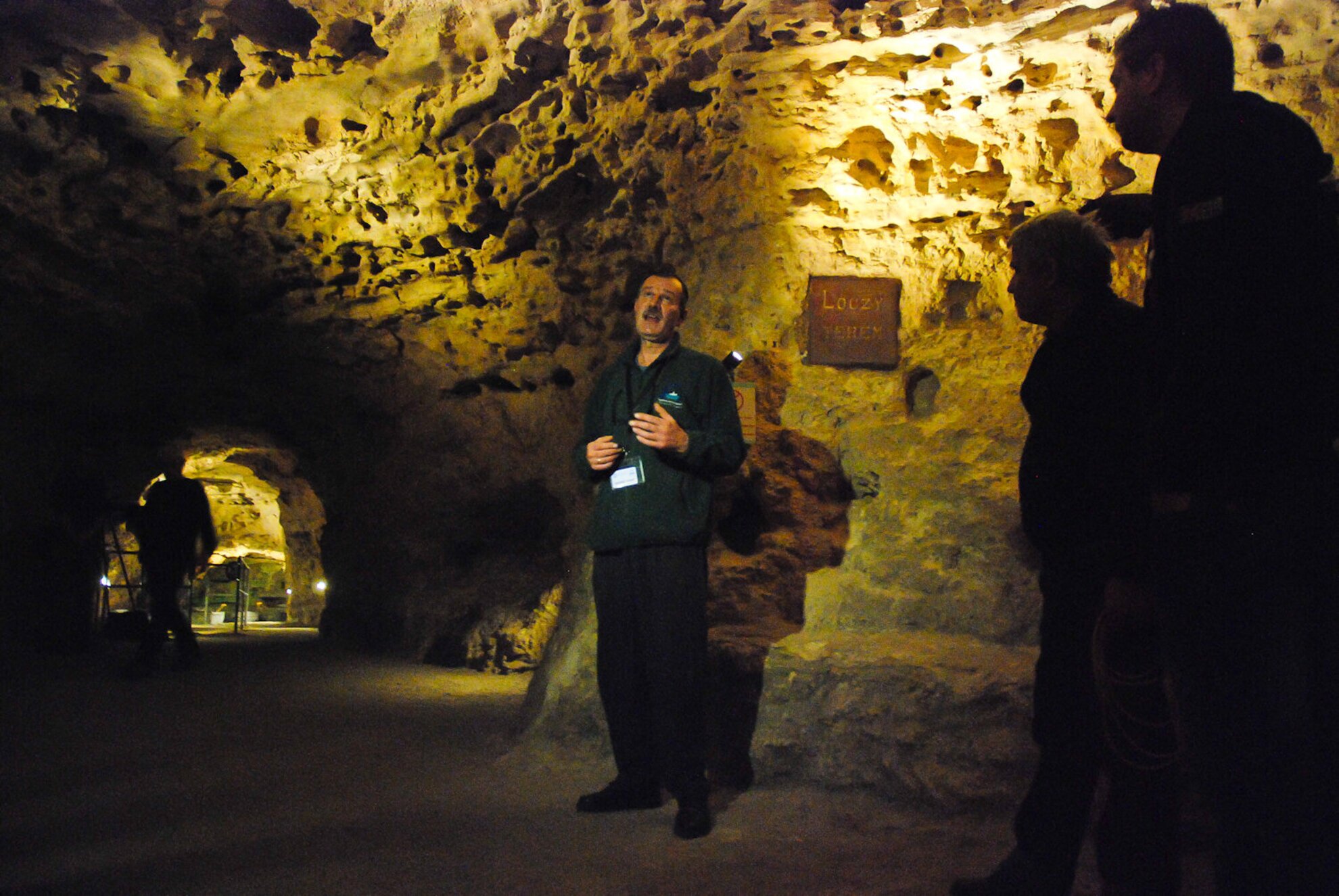
After exiting the exhibition spaces, you can walk down stairs carved into cave walls to the network of caves. Arriving to the bottom, on the right behind the railing, you can see the well that led to the discovery of the Tapolca Cave Lake. Although the largest part of the caves is only open to speleologists, who are still discovering newer and newer sections, you can still stroll about 70 metres along one of the caves after turning left from the Lóczy Hall at the bottom of the stairs. Be sure to watch your step, though, since there are wet parts along the path.
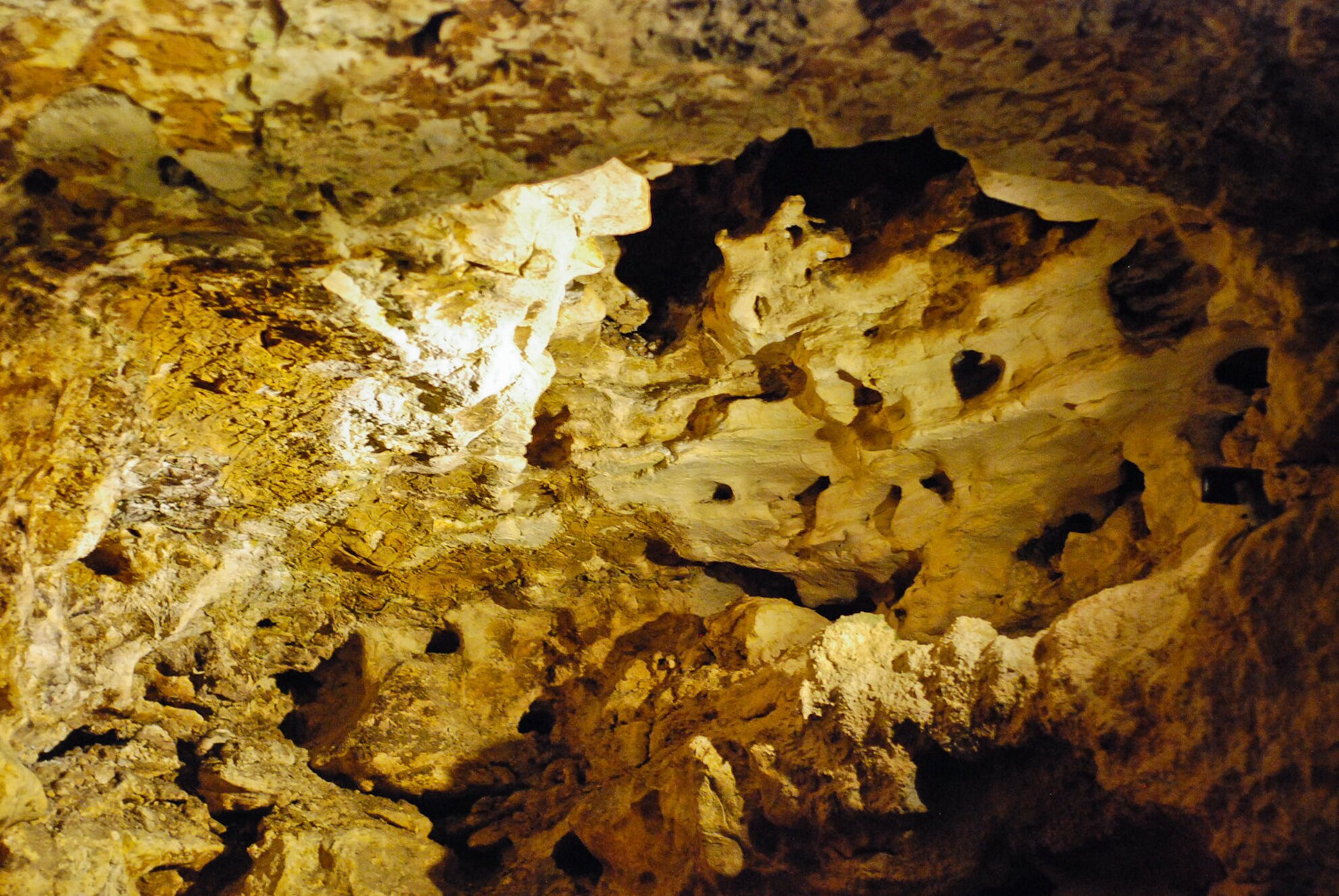
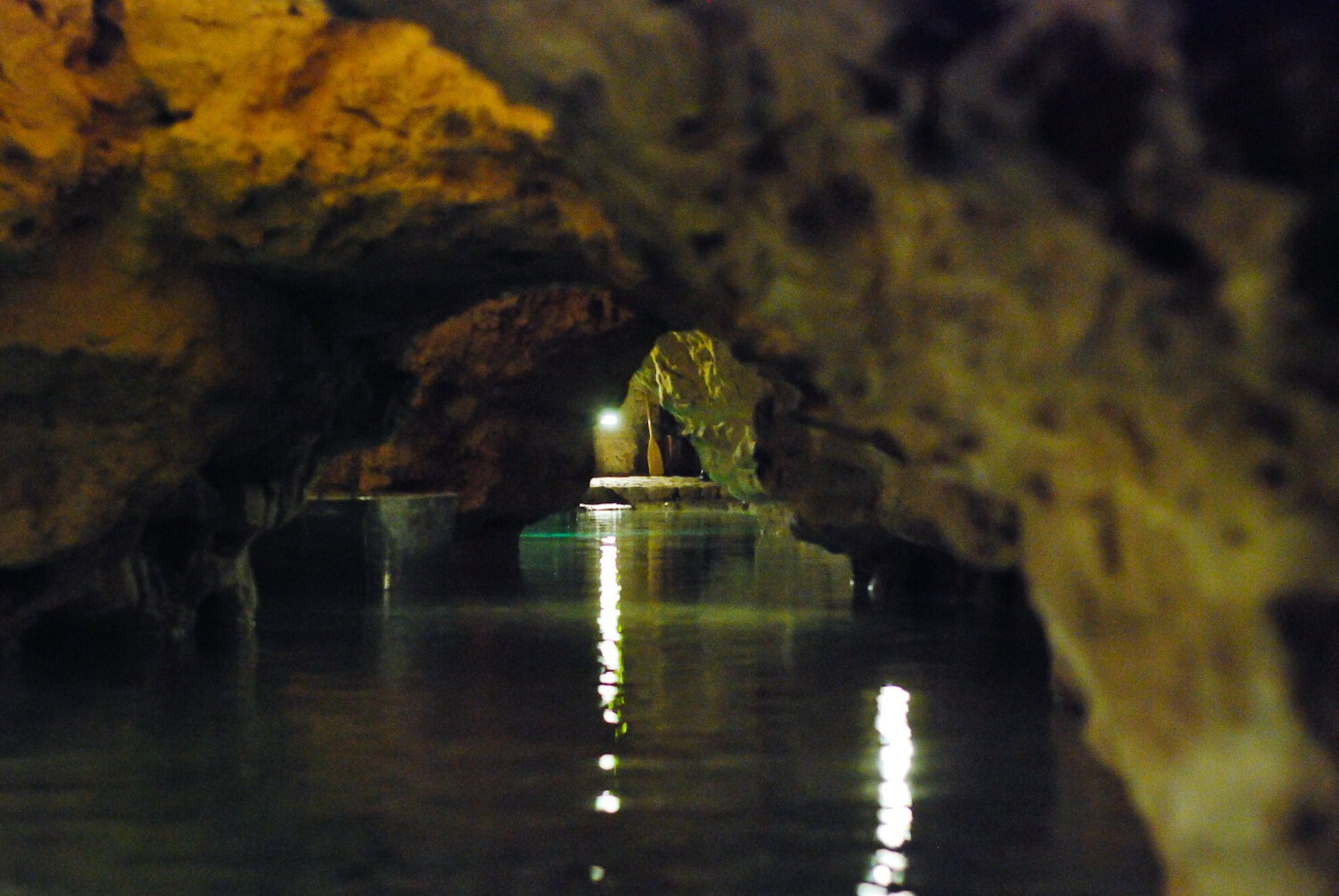
Crossing the Lóczy Hall, you'll arrive to part that promises major thrill: boating. The friendly staff dressed in the uniform of the Balaton Uplands National Park will help you get into the metal boat and will gladly share additional information with yo.
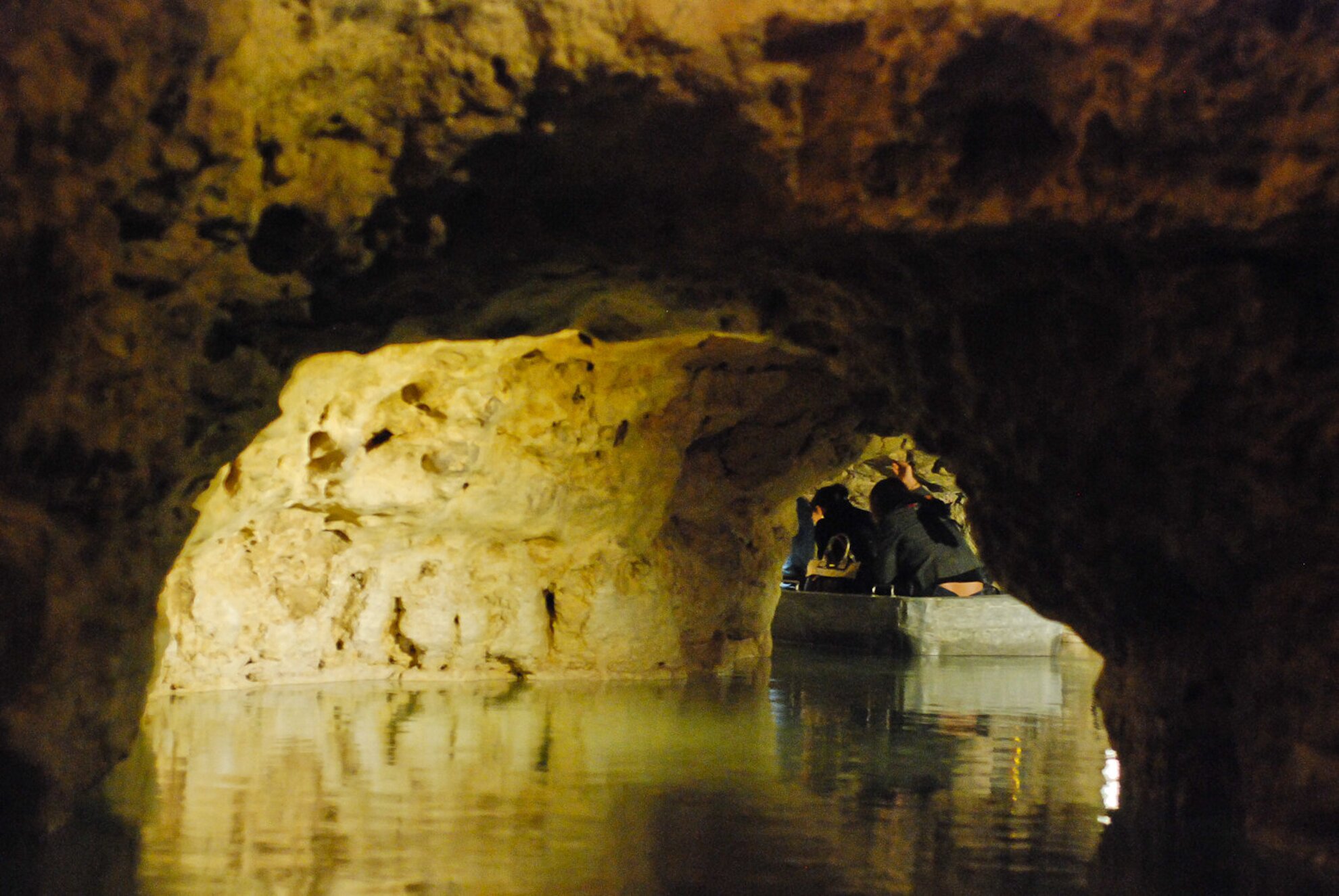
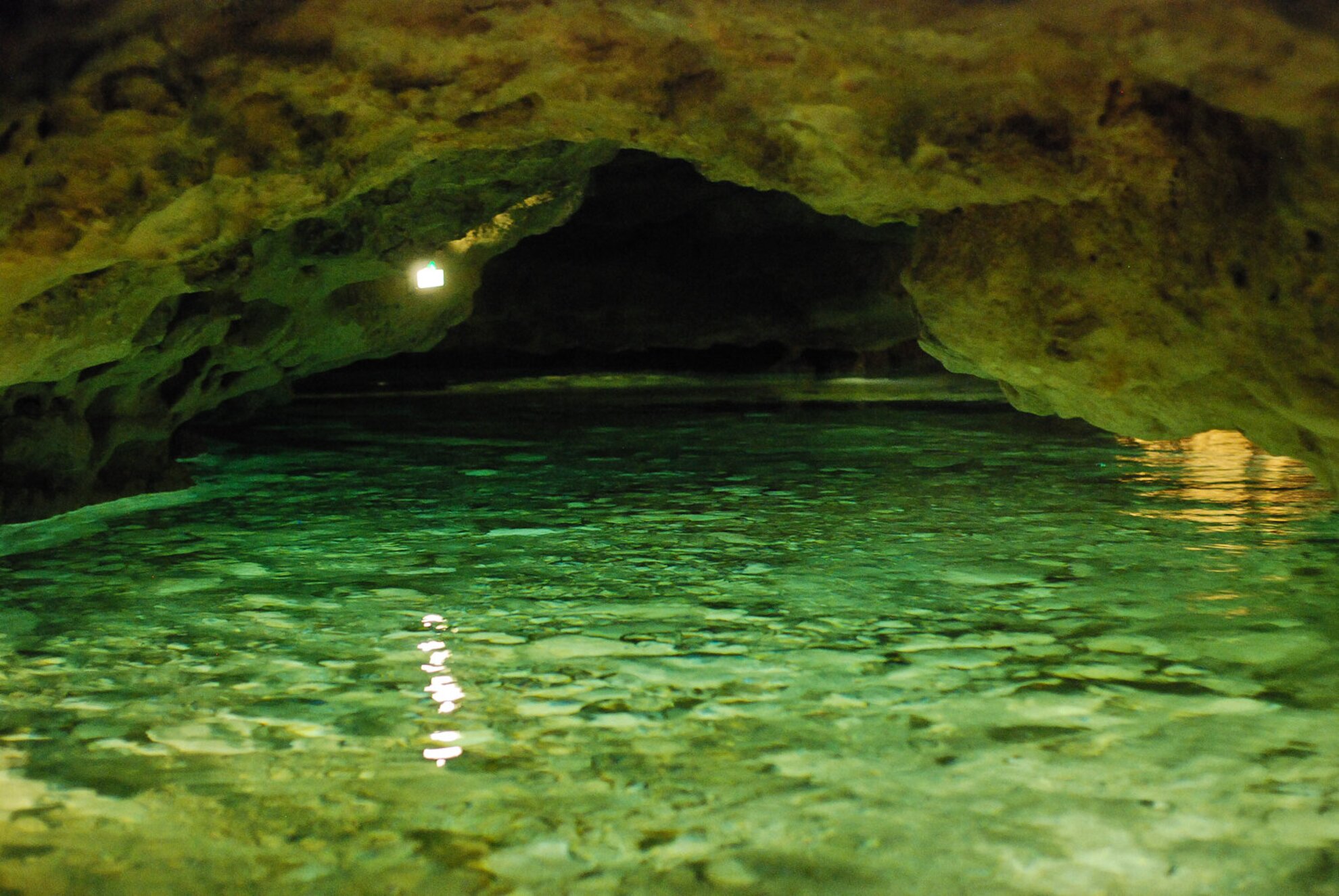
The Tapolca Cave Lake currently has about 180 metres of boating routes which return you to the place you started out from. These passages have been shaped by water and are nicely lit - there are also emergency buttons on the walls from time to time, but these have not been often used.
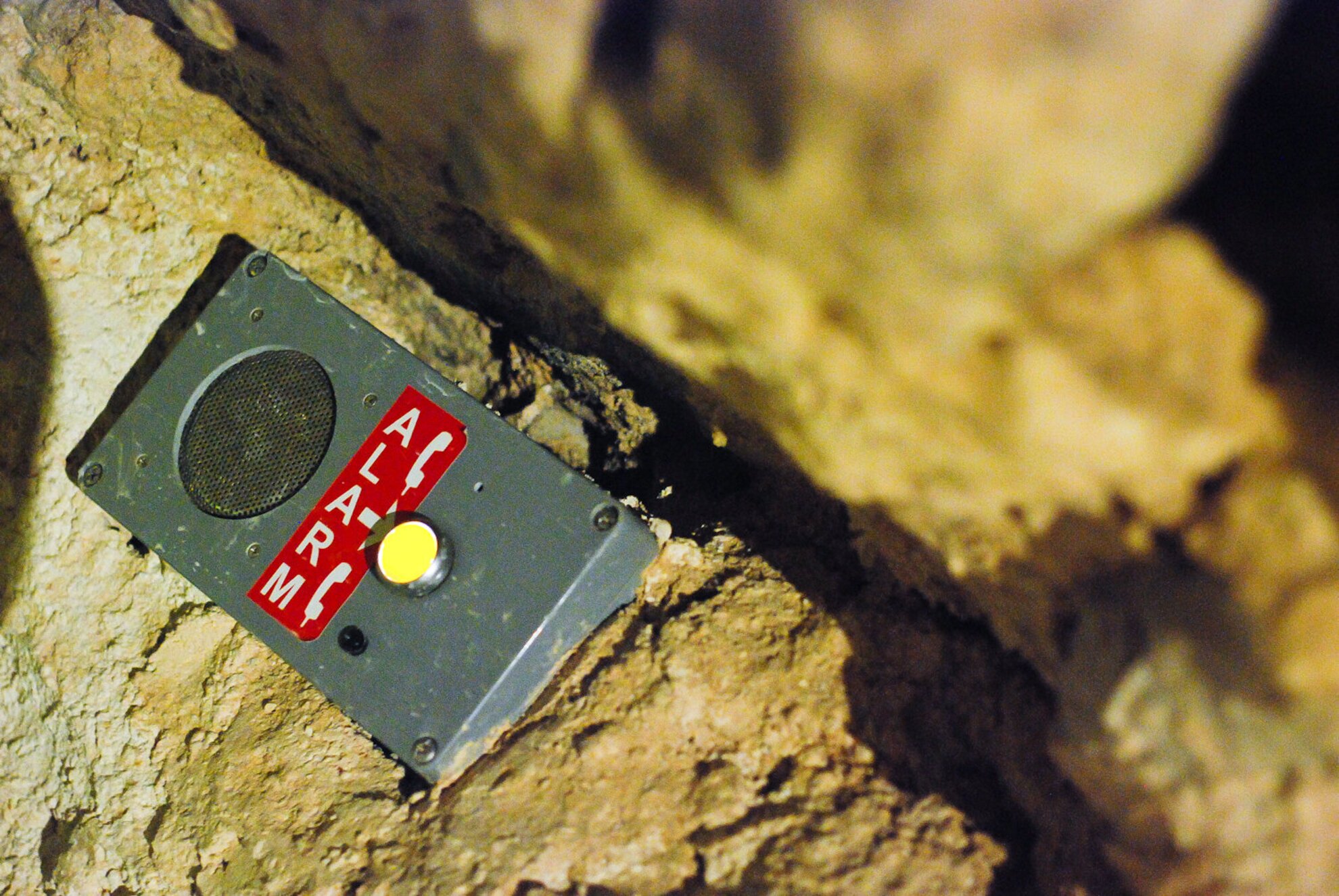
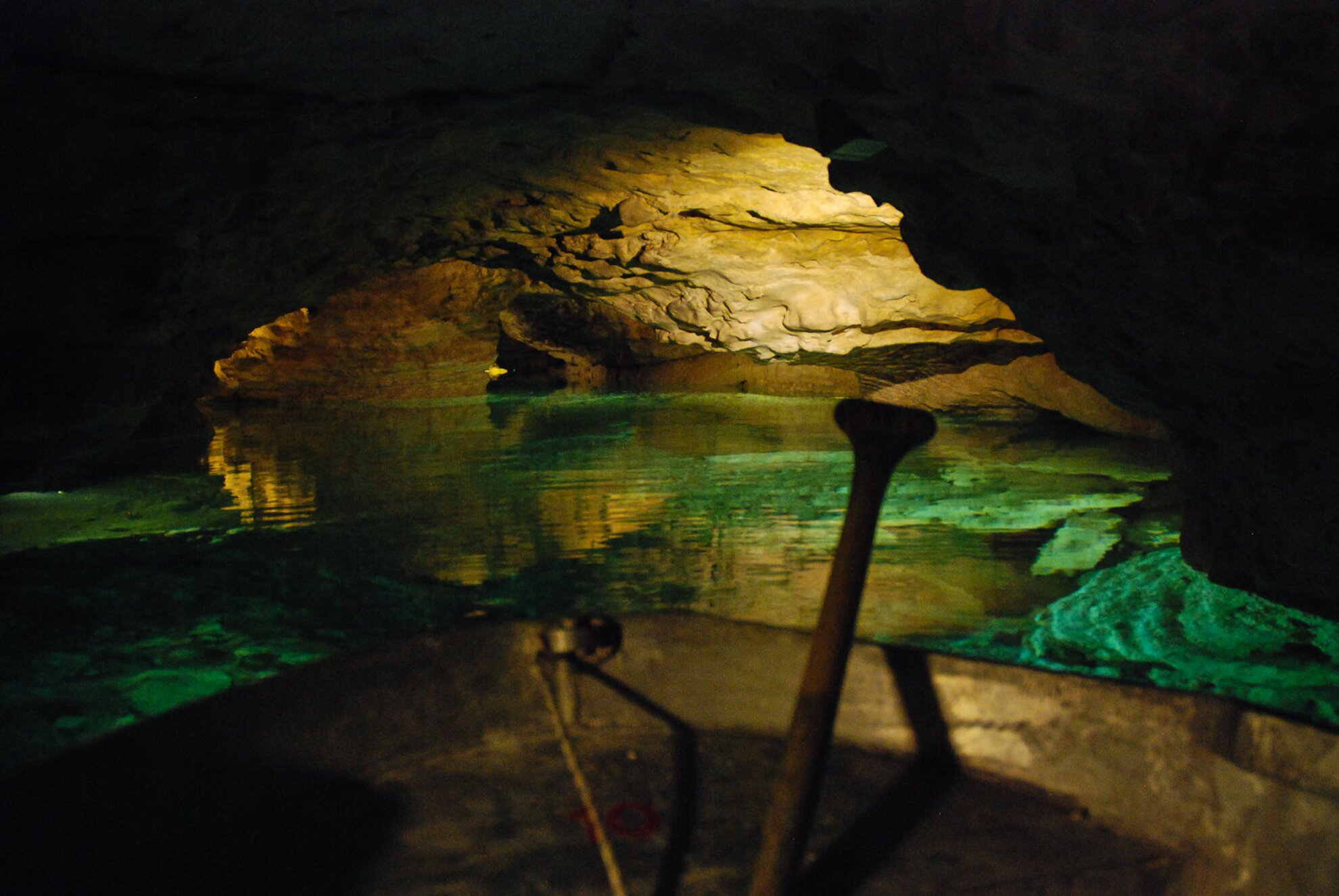
The turquoise water is around 18-20 °C, and is waist deep at most points, but there are also sections with only 10 cm of water. It eventually all flows into Lake Malom. The only living organism (well, apart from visitors and staff) you can see in the cave is the common minnow. They say if you catch sight of this tiny fish (called csetri locally), you are granted one wish.
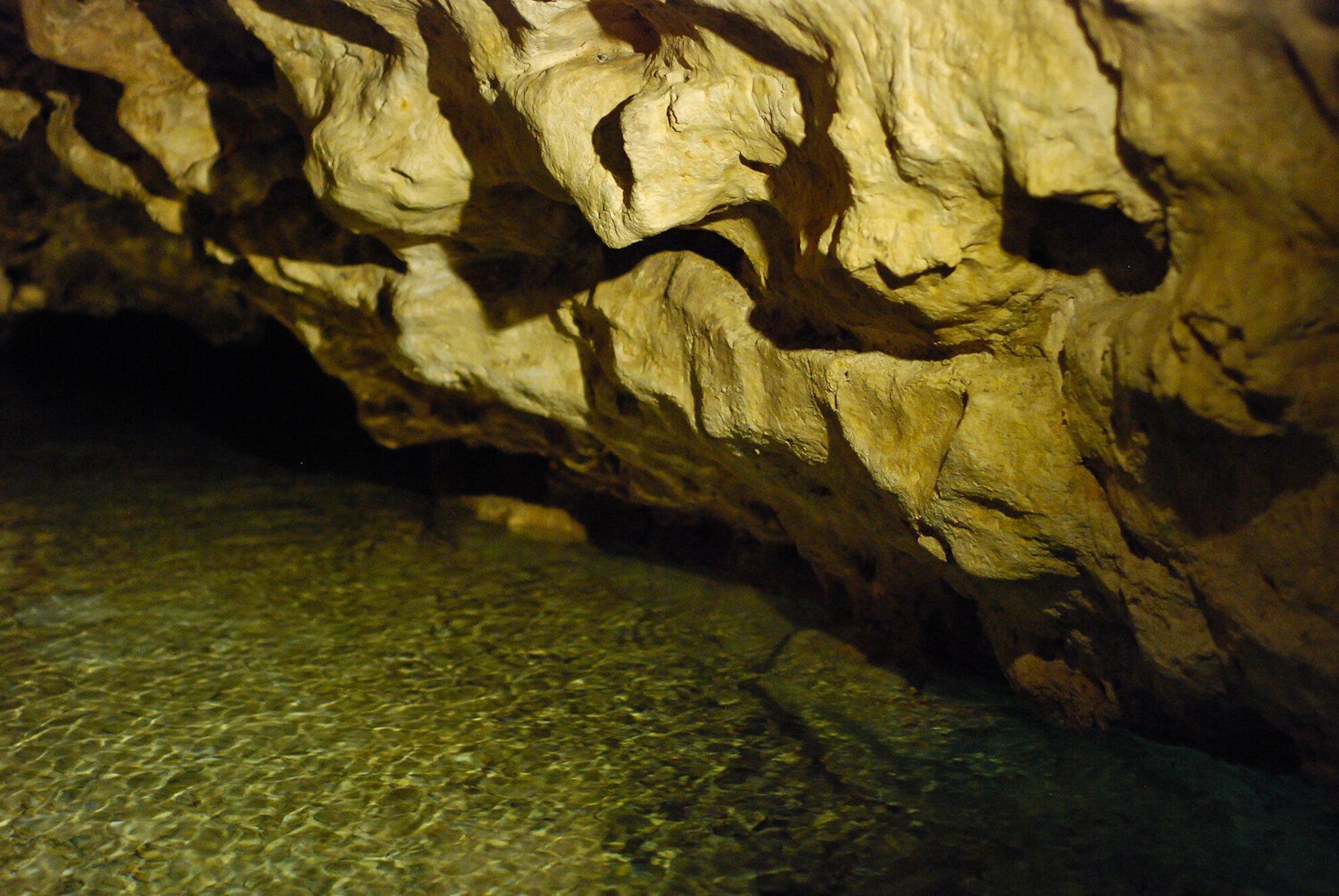
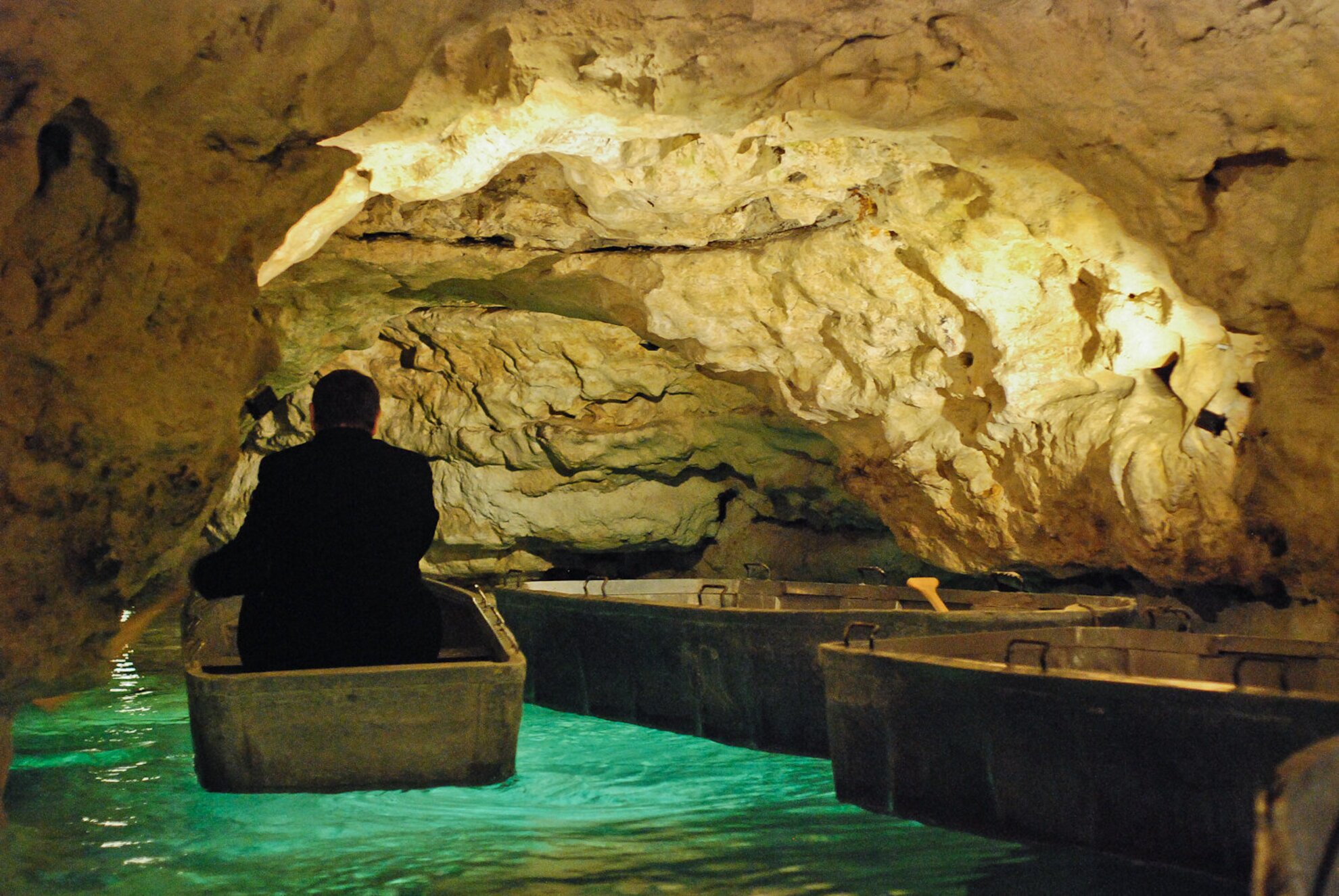
We particularly loved being allowed to row for ourselves, and even pushing ourselves further with the help of the cave walls at certain sections where we had to keep our heads down, too - talk about an up-close and personal experience. The tickets (currently 2000 HUF; see the prices and discounts here) however only entitles you to one round.
In the summer, especially on cloudy days, there are long queues in font of the building. It is, therefore, advisable to purchase your tickets in advance during busier seasons, so you can switch waiting hours in line for a pleasant walk around Lake Malom.
